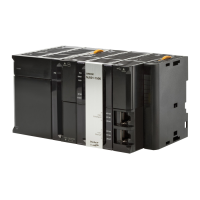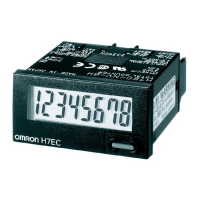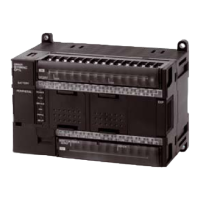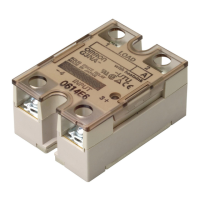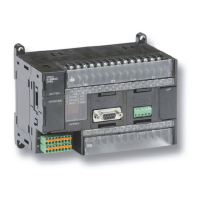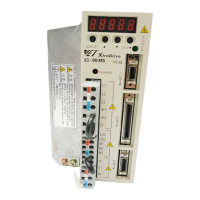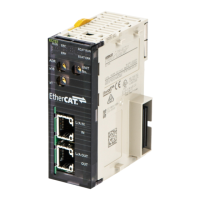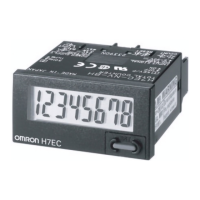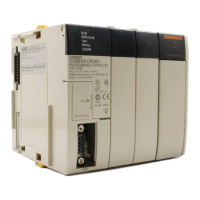A-99
Appendices
CP2E CPU Unit Software User’s Manual(W614)
A-3 Response Performance
App
A-3-1 I/O Response Time
A-3 Response Performance
The I/O response time is the time it takes from when an input turns ON, the data is recognized by the
CPU Unit, and the ladder programs are executed, up to the time for the result to be output to an output
terminal.
The length of the I/O response time depends on the following conditions.
• Timing of Input Bit turning ON.
• The cycle time
z Minimum I/O Response Time
The I/O response time is shortest when data is retrieved immediately before I/O refresh of the CPU Unit.
The minimum I/O response time is calculated as follows:
Note The input and output ON delays depend on the type of terminals used on the CPU Unit or the model number
of the Unit being used.
z Maximum I/O Response Time
The I/O response time is longest when data is retrieved immediately after I/O refresh period of the
CPU Unit.
The maximum I/O response time is calculated as follows:
A-3-1 I/O Response Time
Minimum I/O response time = Input ON delay + Cycle time + Output ON delay
Maximum I/O response time = Input ON delay + (Cycle time × 2) + Output ON delay
Inputs:
Outputs:
:I/O refresh
Input ON delay
Cycle time Cycle time
Output ON delay
Minimum I/O
Response Time
(Status read to
the CPU Unit.):
Instruction
execution
Instruction
execution
Inputs:
Outputs:
:I/O refresh
Input ON delay
Cycle time Cycle time
Output ON delay
Maximum I/O Response Time
(Status read to
the CPU Unit.):
Instruction
execution
Instruction
execution
Instruction
execution

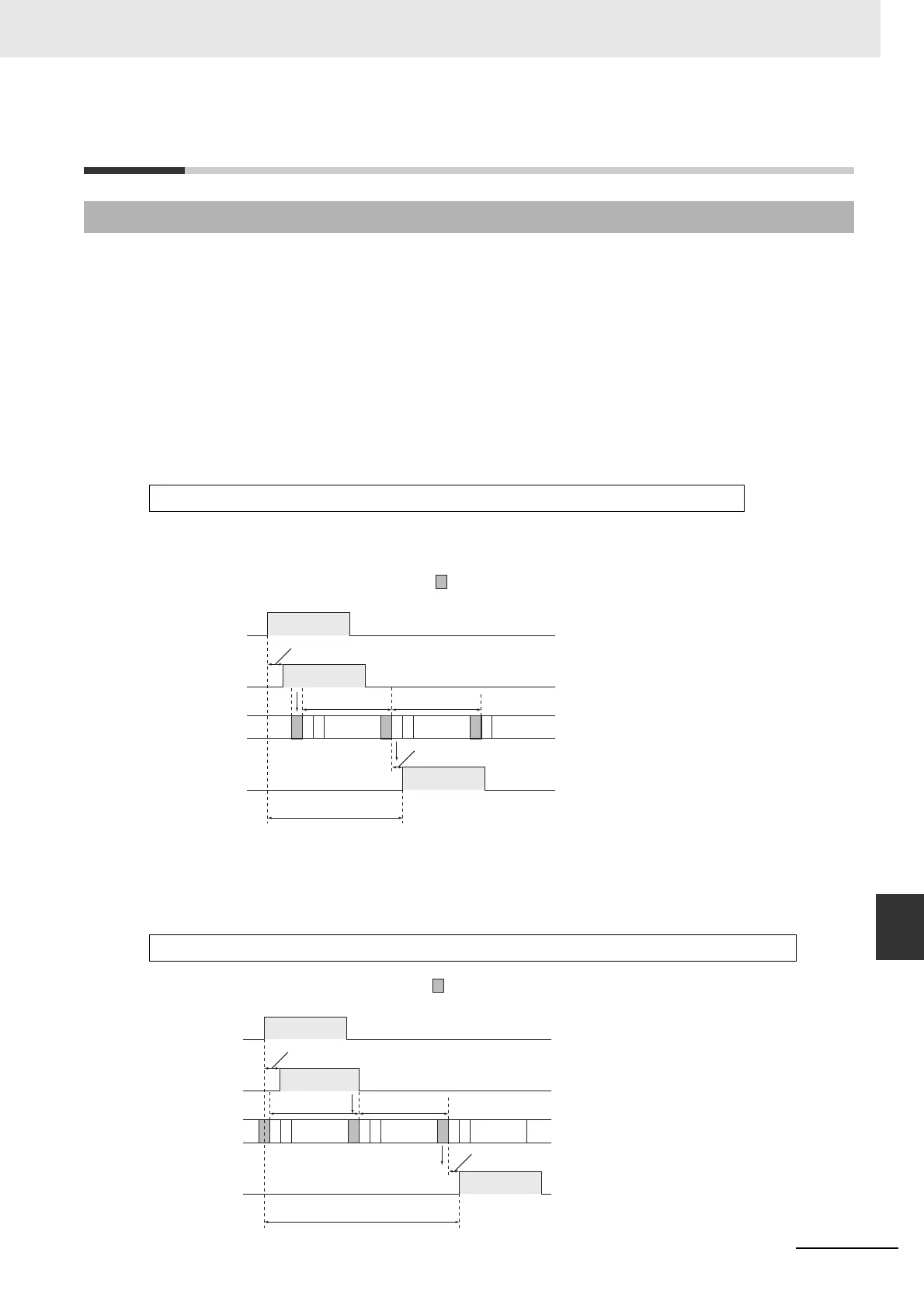